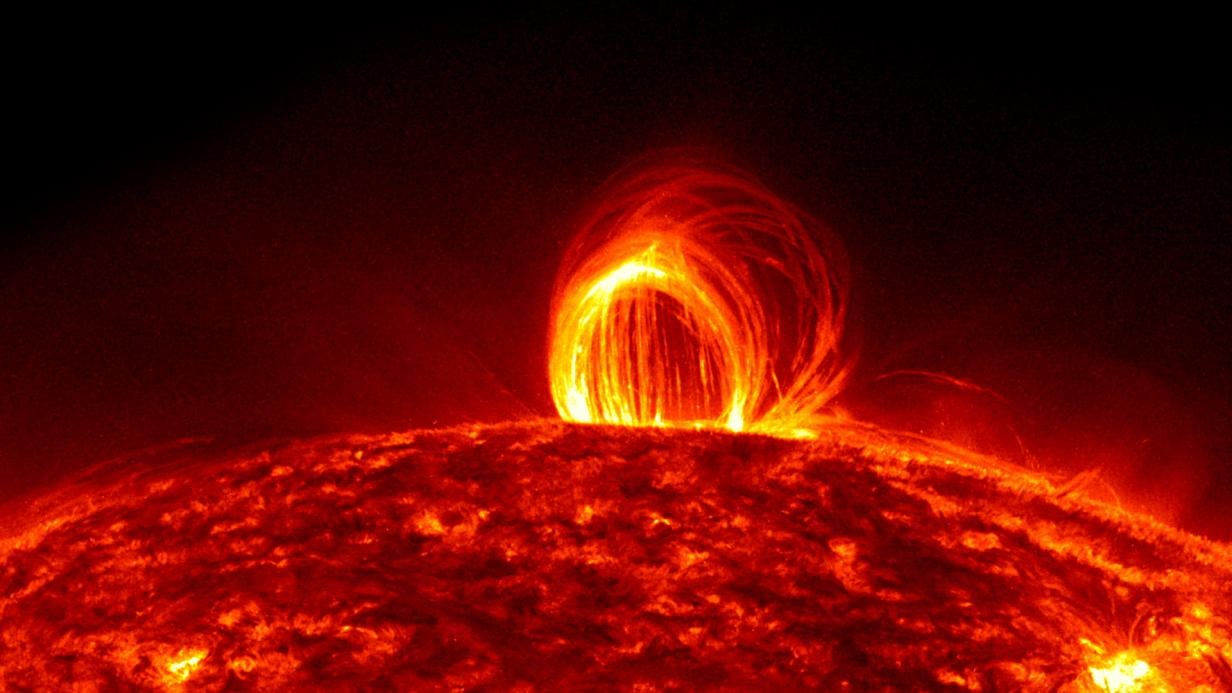The sun has been unusually active over the past few days , with a total of 17 major explosions around sunspot AR2975 on Monday , spaceweather.com said. Accordingly, the eruptions led to a total of 3 different coronal mass ejections (CME).
From this, a so-called solar storm is brewing, which is expected to hit the earth’s electromagnetic field on Thursday, March 31st . The geomagnetic storm is classified as G2 by the US National Oceanic and Atmospheric Administration (NOAA).
A G2 Watch is in effect for 31 Mar due to a CME associated with an M4 flare on 28 Mar at 7:29 am EDT. Initial analyses suggests a portion of the CME to arrive during late evening 30 Mar into early morning 31 Mar (EDT). Visit https://t.co/4CNTc1qJlT for full story & any updates. pic.twitter.com/vsBWJhqY0S
— NOAA Space Weather (@NWSSWPC) March 28, 2022
Moderate storm expected
The NOAA scale classifies such storms from 1 to 5. Stage 2 is a “moderate” storm . There is no risk to power grids or satellites in this category. Instead, extensive northern lights are possible up to 55 degrees latitude (among other things Glasgow).
Spaceweather writes that the solar flares could also result in a G3 category geomagnetic storm . According to NOAA, this is unlikely. Such a solar storm could disrupt wireless communication links as well as power grids on Earth.
Here is a look at the CME launched during today's M4.0 solar flare. While not as spectacular as we hoped for, we do see an asymmetrical full halo CME leaving the Sun. The plasma cloud is likely to arrive at Earth early on 31 March and cause minor geomagnetic storm conditions. pic.twitter.com/tr4WdPlElw
— SpaceWeatherLive (@_SpaceWeather_) March 28, 2022
The biggest solar storms
Strongest researched storm: Around 9,200 years ago, the strongest storm to date is said to have hit the earth. Researchers recently discovered evidence of the storm in the Antarctic ice.
Carrington Event: Occurred in 1859. Considered the most violent storm on record. According to reports, even auroras could be seen at the equator. Among others, the then well-known solar researcher Richard Christopher Carrington observed him.
Quebec Storm: Hit the ground in 1989. 6 million people in the Canadian province of Québec sat in the dark for 9 hours. The reason was a widespread power failure.
Halloween Storm: In October 2003, caused power outages in Sweden and a short-term collapse of the European flight radar. The 390 million euro satellite “Midori 2” was lost.

